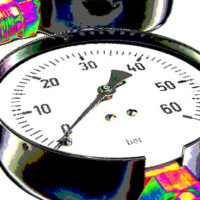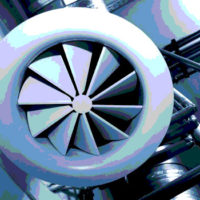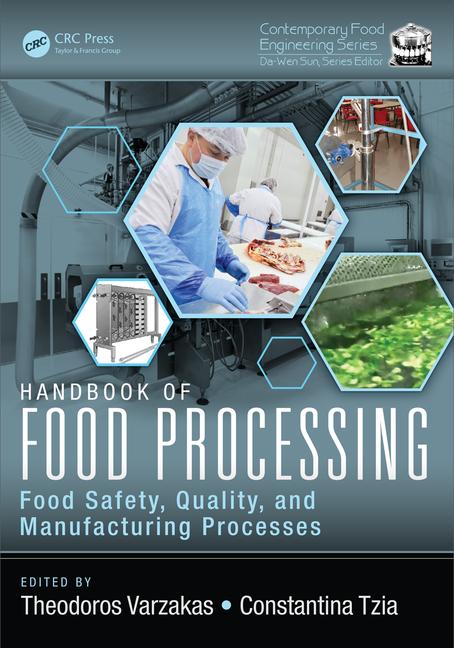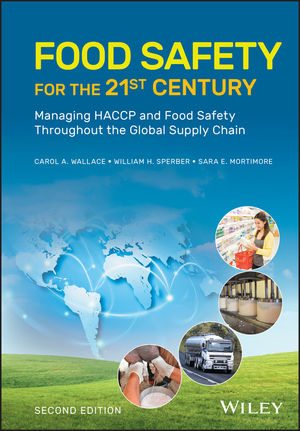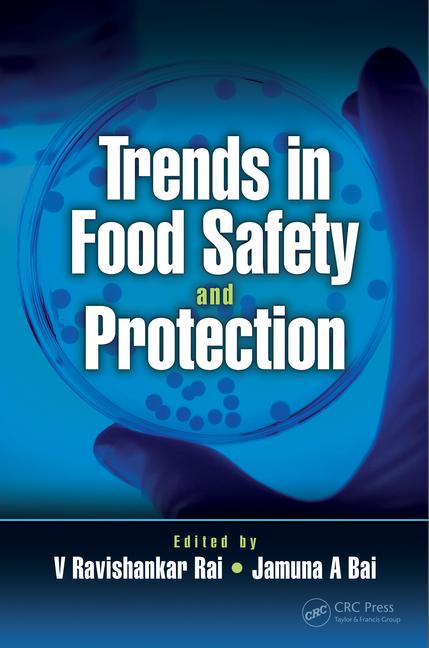Compressed Air: An Overlooked Source of Contamination in the Food Industry
Compressed air is used in a broad range of applications in the food processing industry. In many of these applications, compressed air is in direct or indirect contact with food product, and impurities in the compressed air may contaminate the food product, which can result in changes of color and taste, and reduced shelf life. Also, exposure to bacteria and other microorganisms can result in product recalls.
Compressed air, which is generated onsite by pulling in ambient air and compressing it, contains water vapor, particulate matter (atmospheric air typically contains 140–150 million dirt particles/m3), oil vapor and droplets, and microorganisms (atmospheric air can contain up to 100 million microorganisms/m3). In addition, compressed air will also contain liquid oil, oil aerosols and oil vapor, which leak in through worn seals, orifices and O-rings within the compressor. Since the compression process raises the temperature of the air, the air is then cooled before use, which condenses water vapor into water aerosols and droplets. Water in the compressed air can produce rust and corrosion in the piping that flake off and are carried downstream, potentially contaminating the food product. In addition, water condensate and warm compressed air provide the ideal environment for microbiological growth, growth of bacteria, spores and mold.
More and more food processors employ the principles of Hazard Analysis and Critical Control Points (HAACP) and a risk analysis, ISO 8573.1 and other government regulations to ensure that the production areas and personnel are maintained at an acceptable level with regards to food safety/quality and sanitation. In most facilities, compressed air is considered a utility that is as clean as the facility’s ambient air; however, it is not. More importantly, the filtration systems that are employed are designed to protect process equipment from large slugs of water, oil, rust and pipe scale with a nominal rating of 25 to 40 microns, and are not capable of removing submicron contaminates such as bacteria and other microorganisms.
If the HACCP/risk analysis is pursued in detail, every location in which compressed air is used would be correctly identified as a CCP. This is true whether it comes in direct or indirect contact with the food product. Unfortunately, there are no standards or laws that exist that define a minimum acceptable level of “cleanliness” (filtration specification) when compressed air is used in food manufacturing. As a result, most companies devise their own internal compressed air quality “standard” or “specification.” The most common standard that is used is the ISO8573.1-2010 in conjunction with section 6 of The Code of Practice. Section 6 of this Code defines three separate categories of compressed air as used in the food industry:
• Direct contact with food
• Indirect contact with food or noncontact, high risk
• Noncontact – no risk
 The ISO specification for compressed air, ISO8573.1-2010, is presented in the table (right).
The ISO specification for compressed air, ISO8573.1-2010, is presented in the table (right).
It is possible to achieve these class ratings and air quality specifications if proper care is taken to select and install high-performance compressed air dryers and filter systems that are properly sized and installed in strategic locations throughout the facility.
Most facilities have a large dryer installed in the compressor room that will achieve the -40 °F dewpoint specification. Dryers should be monitored periodically for performance to specification and maintained regularly. However, most facilities do not have proper filtration installed at CCPs.
To achieve the filtration specification as outlined above, it is necessary to install at least a two-stage filter system as close as possible to the point of use. If there is excessive condensate, a third-stage prefilter should also be installed.
A typical system should consist of a first stage, high-efficiency coalescing filter with a rating of at least 99.99% at 0.01 microns, which provides the necessary protection to the sterile air filter.
Such systems should be manufactured in full compliance with regulatory requirements. Installing high-efficiency sterile air filter systems at CCPs will ensure contaminate-free food product, resulting in improved shelf life, reduced recalls and enhanced food quality and safety.
Looking for a reprint of this article?
From high-res PDFs to custom plaques, order your copy today!





